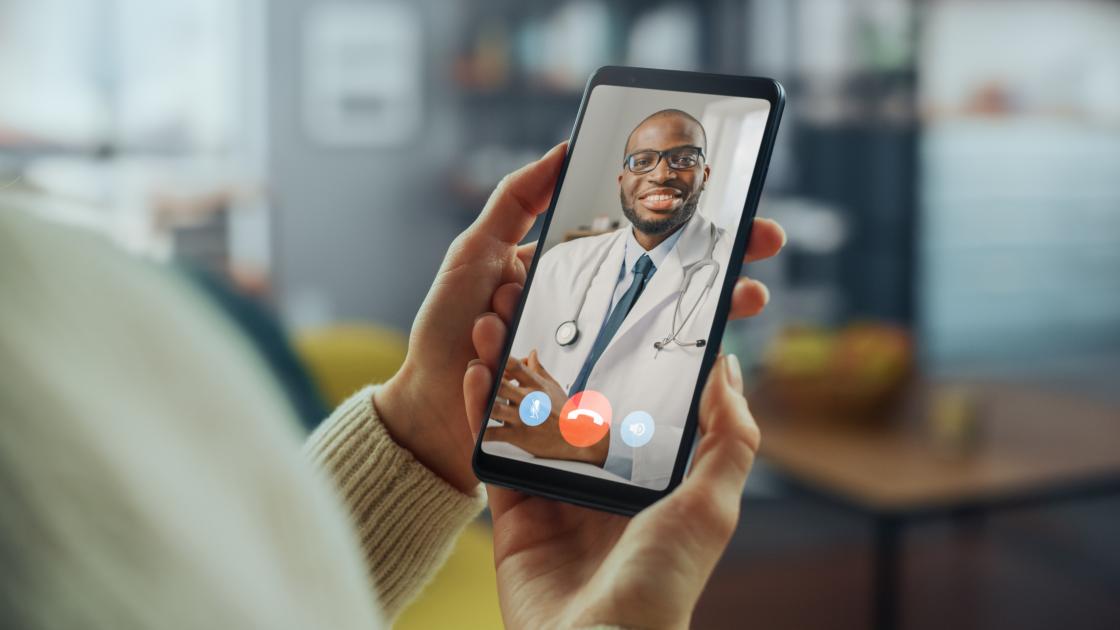
7 things you need to know about infertility
Babies are everywhere. A trip to the mall or a quick scroll of any given Facebook news feed will tell you that. But for every adorable photo op (or less-adorable TMI post about baby bodily fluids) there’s another story”the story of those who’d give anything to have a baby of their own but, for whatever reason, can’t.
According to the CDC, 1 million married women in the US are considered infertile, meaning they’ve been unable to get pregnant after at least a year of attempting. And 7.5 million women in the US considered to be in their childbearing years have what is known as “impaired fecundity,” meaning they struggle to get pregnant or to carry a baby to term.
The issue is incredibly common but can go largely unspoken. We spoke to Adrienn Myers-Woods, FNP, at the SIU Fertility and IVF Center, to share some of the most important infertility-related things you should know.
First and foremost, make sure your body is ready.
“There is no pill that increases your chances of getting pregnant more than maintaining a BMI of 30 or less,” Myers-Woods says. “Keeping a healthy weight makes it easier for your body to ovulate every month and if you do become pregnant, it decreases your risk of complications during pregnancy to include: hypertension, gestational diabetes, and surgical delivery.”
If at first you don’t succeed, try try again...but after a year, you might need some help.
If you’ve been “trying”–meaning having sex without any form of contraception–for a year and you’re 30 years old or younger, you should seek help from a fertility specialist. If you’re over 35, however, Myers-Woods recommends seeking help after six months of trying. Unfortunately, she notes, there is a catch. “Insurance companies have not caught up with this recommendation and still require you to try on your own for one year, no matter your age,” she says. “You can still receive fertility services prior to trying for one year, insurance just might not cover them.”
Those home ovulation tests aren’t necessarily for everyone.
Home ovulation kits work just like a pregnancy test, but rather than detecting a pregnancy hormone, they detect the hormone that signals your body to ovulate. However, many who ovulate won’t get much use out of it. “This is a good resource for women who have a period every month, but can be pretty frustrating and ultimately a waste of time and money for women who rarely have a menstrual period or who cycle very irregularly,” Myers-Woods says.
There are in-office tests, too.
One option is a hystosalpingogram, commonly known as a dye test. This test is done in an OBGYN office or radiology department. Dye is injected through the cervix and into the uterus to determine if the uterus is a normal shape and size and if the tubes are open.
Hey, men. You’re in this, too.
Semen analysis is the quickest and cheapest way to rule out male factor as a source for infertility, Myers-Woods says. “Many labs will run this analysis; it just requires an OBGYN who feels comfortable interpreting it,” she explains. “If the semen analysis is abnormal, he may be referred to a urologist.”
One helpful test can tell how many eggs are in your basket.
Another test checks your AMH level. This tells you about your ovarian reserve, or the quality and quantity of your eggs. Basically, this shows how hard you will have to work to become pregnant and if you may need some help from a medical provider.
You have options.
The least labor intensive method is timed intercourse. “It would require taking oral medications (like Clomid) and having a few ultrasounds to make sure your uterine lining is thick enough for implantation, and to make sure you are producing an egg to ovulate that month,” Myers-Woods says. “When all conditions are right, we can tell you when to take a small injection to help you ovulate, and when to have intercourse.”
The next intervention would be IUI, or intrauterine insemination, what many of us used to routinely hear described as artificial insemination. Myers-Woods explains: “The process is similar to timed intercourse, where you will take oral medication (rarely injectable medications are used) and have a few ultrasounds to monitor your uterus and ovaries. Then we will tell you when to take your injection to help you ovulate and you have one more office visit. The male partner provides a sample and we process it to take out everything but the sperm. Then we use a small catheter that goes through your cervix so that we can inject the sample into the uterus. This treatment can be used for single women or same sex couples utilizing a sperm donor.”
Finally, there’s in vitro fertilization, or IVF. In IVF, eggs are extracted and manually combined with a sperm sample outside of the body, then implanted in the uterus.
Attempting to conceive may not be as simple as the birds and bees make it seem. But with a little professional assistance, a family may be in your future.



